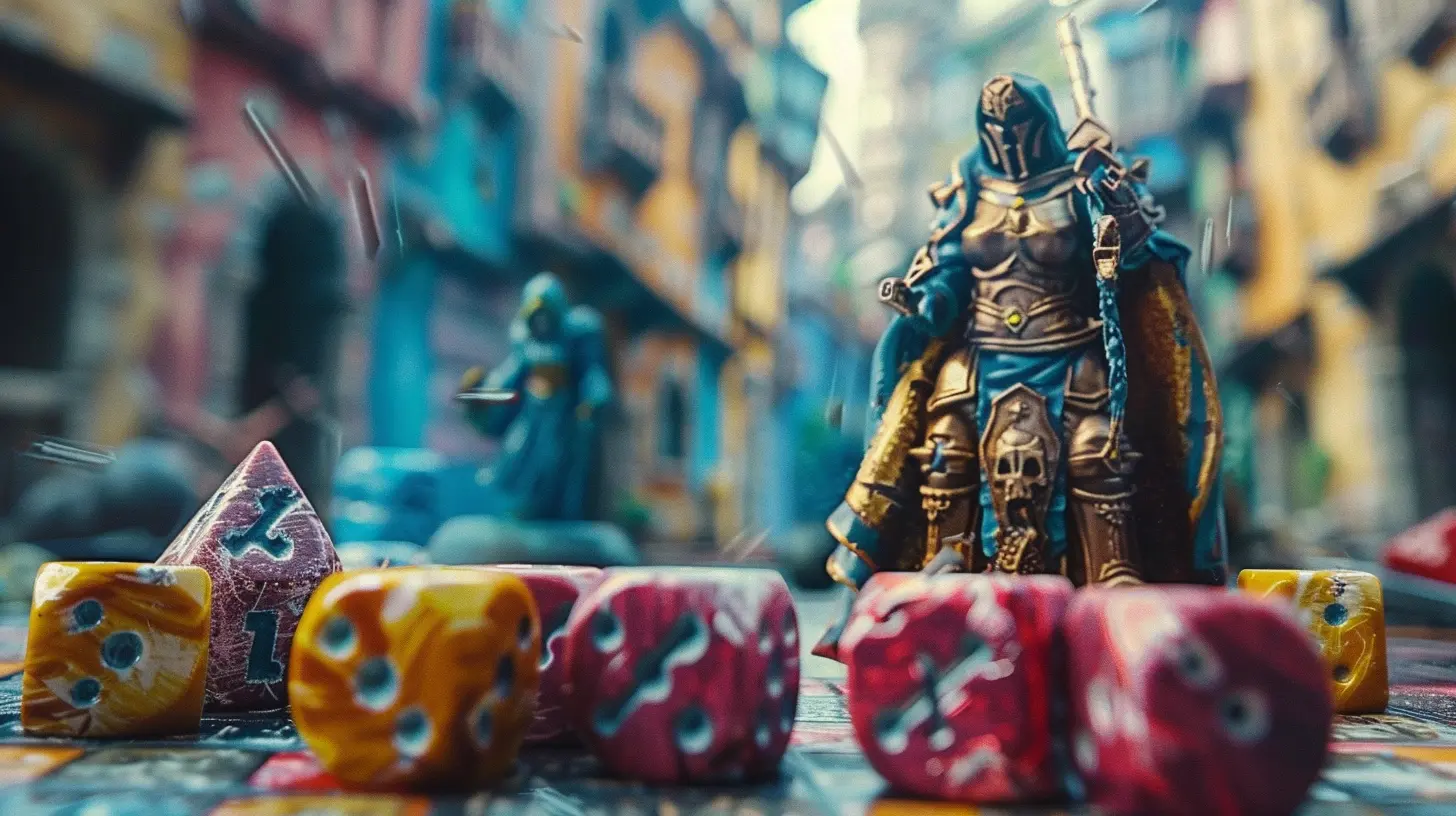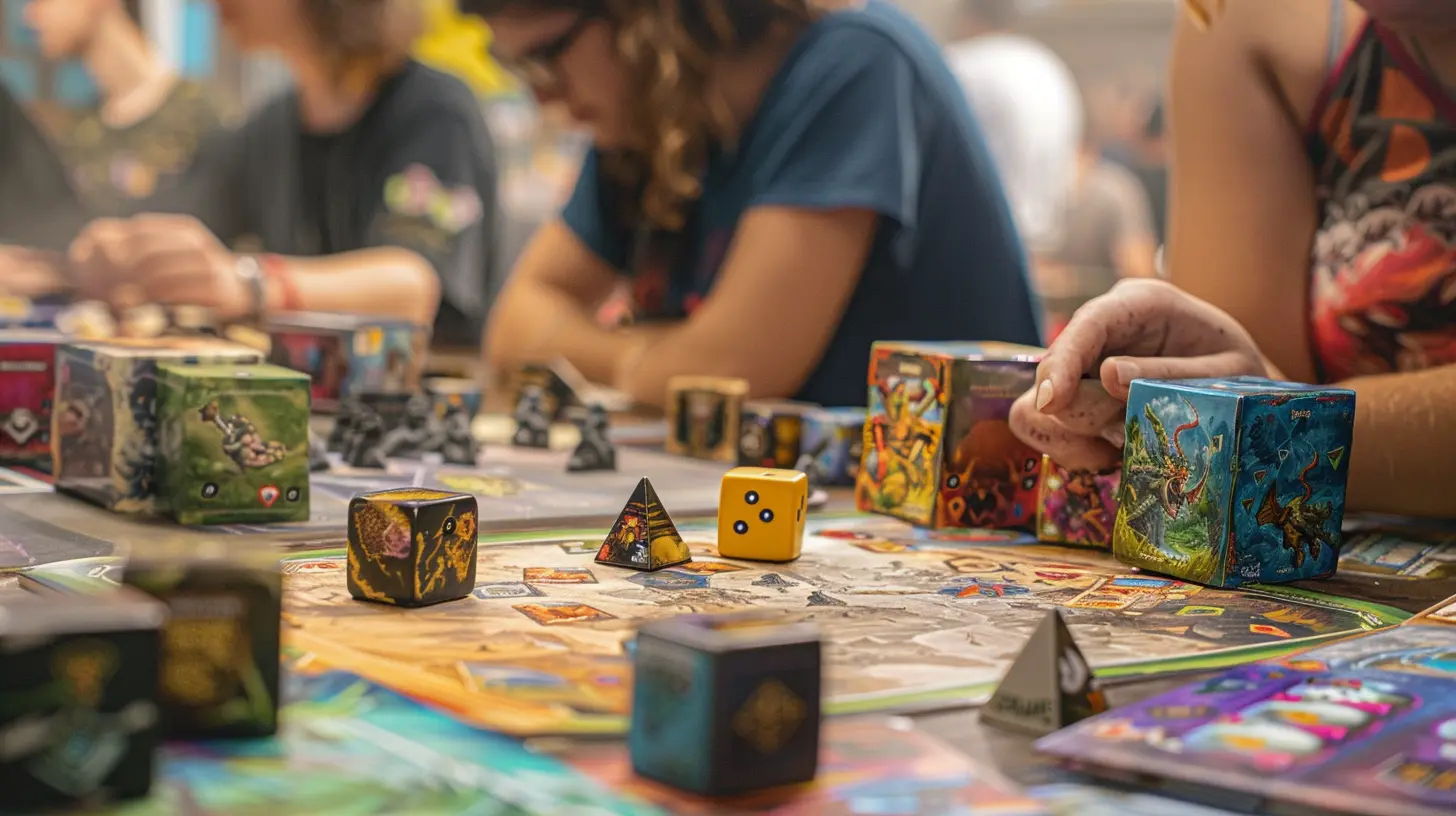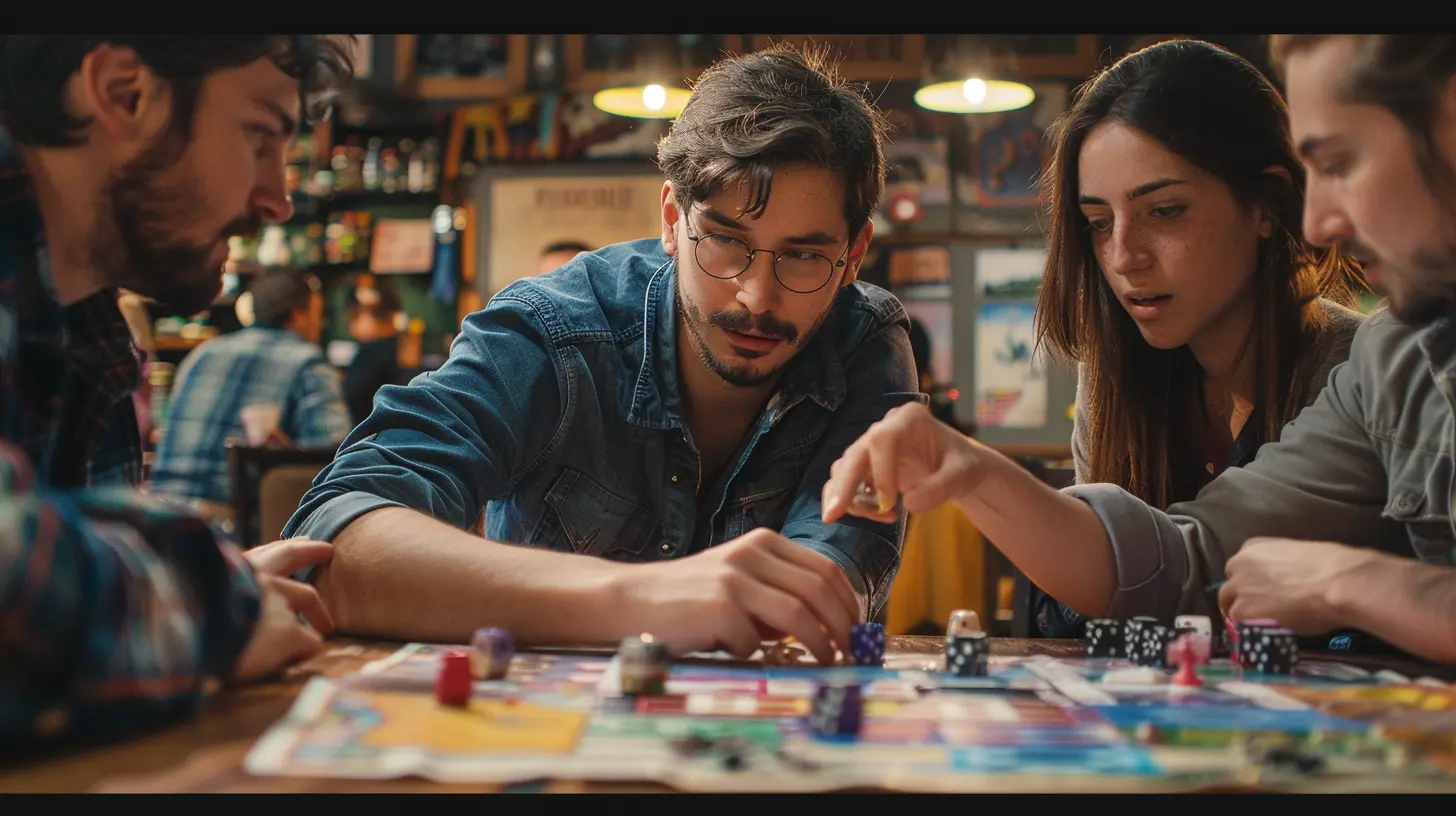The Importance of Playtesting in a Crowdfunded Game Campaign
18 June 2025
So, you’ve got a killer idea for a game — dragons, space pirates, maybe a sentient banana with ninja skills (no judgment here). You've sketched it out, built some prototypes, and you're thinking: “Hey, let’s slap this gem on Kickstarter and let the backers roll in!”
Hold up. Before you hit that launch button, let’s talk about something that can make or break your crowdfunded dream:
Playtesting.
Yeah, it’s not the sexiest word in game dev. It's not as flashy as your game trailer or your miniatures sculpt. But believe me, it's the unsung hero of every successful crowdfunded game campaign.
Let’s dive into why playtesting matters, how it can save your campaign from flaming out faster than a rogue fireball, and how to do it right without losing your mind.
What Is Playtesting, Really?
Okay, quick reality check: playtesting isn’t about inviting your buddies over, handing them your prototype, and watching them laugh at your jokes. It's not a social event. It's not just “getting feedback.”Playtesting is about stress-testing your game. Like poking it with a stick, over and over, to see when and how it breaks. It's how you find out if your ninja banana is just cool in theory or a frustrating mess mechanically.
It's also about confirming that your game is fun. Yes, fun. Because if it's not fun during testing, it's not going to magically become fun once it's printed, shipped, and sitting on someone’s game shelf.
Why Playtesting Matters in a Crowdfunded Campaign
Let’s keep it real: crowdfunding backers are not patient guinea pigs. They’re investors with high expectations. They're giving you money on the promise that you'll deliver something worth their hard-earned cash — often long before the game is even done. So, if your game hits their table and it's janky, broken, or unplayable…?🚨 Reputation damage, refund requests, brutal reviews. Yikes.
Here’s how playtesting can literally be the lifeboat of your crowdfunding ship:
1. It Uncovers Game-Breaking Issues Early
Sometimes a game-breaking flaw is buried deep in a mechanic you didn’t even think twice about. Maybe a combo gives one player god-mode powers, or a certain strategy wins every time.Through multiple rounds of playtesting — especially blind tests (where you don’t explain anything) — you’ll be amazed at what surfaces. Better to expose that stuff now than after 3,000 backers get angry.
2. It Validates the “Fun Factor”
Let’s bring it back to basics: is your game fun?You might love your own design (and you should!), but playtesting tells you if your game is fun for other people. Do players laugh? Argue passionately over moves? Ask to play again?
If they’re yawning or checking their phones, it’s not ready. Harsh, but necessary.
3. It Buffs Your Kickstarter Credibility
You know what separates a campaign that gets funded in 10 minutes from the one that sits at 12% for three weeks?Trust.
If your campaign page proudly says, “200+ hours of blind playtesting! Feedback from 100+ testers!”, people take notice. It shows you're legit. You’ve put in the work. You care about delivering a polished experience.
Bonus points if you have quotes from testers or photos of your playtests. Instant street cred.
4. It Helps You Polish Your Rulebook
Ohhh, the rulebook. The sneaky nemesis in many campaigns.You can make the best game ever, but if your rulebook is confusing, you’re in trouble. Playtesting helps you identify where players get stuck, which parts they misinterpret, and what needs clearer wording or better examples.
Think of your rulebook as the GPS to your game. If it leads players into a ditch, you’re gonna hear about it in every comment section.
Types of Playtesting You Should Totally Embrace
When it comes to playtesting, variety is your best friend. Here’s a quick-and-dirty breakdown of the different types you should use to crush your crowdfunding goals:1. Solo Playtesting (A.K.A. Designer vs. Designer)
This is where it all starts. You run your own game, simulate players, and take notes. It’s kind of like shadow boxing — great practice, but not the real deal.Use this phase to:
- Weed out obvious rule inconsistencies
- Check pacing and general game flow
- Tweak balance between choices
But don’t stop here. You need outside players to really test your game’s mettle.
2. Guided Playtesting
These are the tests where you walk players through the game, explain rules, and observe them closely.Think of it as watching someone try on your handmade armor. Where does it pinch? Where does it fall off completely?
Get feedback but don’t lead them too much. You want their impressions, not your explanations.
3. Blind Playtesting
This is where the magic (and sometimes, heartbreak) happens.You give your game and rulebook to testers. No help. No guidance. You step back and watch like a ghost. Or better yet, record and review later.
This shows you how people experience your game in the wild, without you there to hold their hand. It’s brutal, but it’s real.
4. Balancing and Stress Tests
Want to see what happens when a card is spammed 20 times? Or when someone hoards every resource and blocks others from playing?Specialized stress tests focus on breaking your game in creative (and chaotic) ways. Use them to hunt down exploits and make sure no strategy is overpowered.
But Isn’t Playtesting Exhausting?
Oh, absolutely. It’s like brushing your teeth with a porcupine some days. You pour your heart into something, only to have a tester say, “Meh, felt kinda flat.”But here’s the deal: every single awkward test, every piece of brutal feedback, every busted mechanic — that’s gold. That's how you turn a good game into a great one.
Pat yourself on the back for even doing it. Most people skip it. Which is why most games… well, suck.
How to Gather Quality Playtesters (Without Selling Your Soul)
So, where do you find people willing to play your unpolished, rules-light, slightly-random-but-not-sure-how-yet game?Here are a few solid starting points:
Online Communities
Throw a post on Reddit (like r/boardgames or r/tabletopgamedesign), Discord servers, or BGG forums. There are tons of folks who love testing games and giving detailed feedback.Make sure you’re specific about what you need. “Looking for blind testers to try a 2-player tactical card game, ~30 minutes, PDF rules included.”
Local Game Nights or Cafés
Your local board game night is a goldmine. Buy a round of snacks, throw your prototype on the table, and get honest feedback from real players.Bonus: you get to see real-time facial expressions. Way better than a Google Form.
Conventions and Mini Meetups
Conventions aren’t just for showing off your game — they’re perfect for rapid-fire playtests. Bring print-and-play copies or even prototype versions and get ready for feedback galore.Playtesting = Campaign Power-Up
I’m gonna say this loud for the folks in the back:Playtested games make better campaigns.
Why? Because by the time you hit that “Launch” button:
- Your game is balanced
- Your rulebook is airtight
- You have real quotes, photos, and testimonials
- You’ve built a fanbase of testers who may become your first backers!
It’s not just about game development — it’s about marketing. Every playtest is an opportunity to build buzz, collect social proof, and fine-tune your product before it hits the crowdfunding stage.
Real Talk: Playtesting Can Be Messy, But It’s Worth It
Look, playtesting can be humbling. You’ll find holes in your design. You’ll hear things you don’t want to hear. People will poke at stuff you thought was genius.But tough feedback now saves you from refund requests, 1-star reviews, or — worst of all — backers who feel cheated.
Remember: every legendary crowdfunded game — from Gloomhaven to Frosthaven to SomeOtherHavenThatDoesn’tExistYet — has been through ruthless rounds of playtesting.
Your game deserves that too.
Final Thoughts: Playtesting Isn’t Optional — It’s Essential
If your game is the star of the show, then playtesting is the training montage. It’s Rocky jogging up the stairs. It’s Peter Parker learning to web-sling. It’s the part of the story that doesn’t always get screen time, but without it, the hero never wins.So, go forth, brave designer. Gather your testers, brace yourself for feedback, and polish that game until it shines.
Your backers will thank you later (and maybe even tweet about how awesome your game is).
all images in this post were generated using AI tools
Category:
CrowdfundingAuthor:

Greyson McVeigh
Discussion
rate this article
1 comments
Sylph McTavish
This article highlights a crucial aspect of game development. Playtesting not only refines gameplay but also builds community trust in crowdfunding campaigns. Engaging backers early ensures a better final product and fosters strong supporter relationships.
June 20, 2025 at 3:43 AM

Greyson McVeigh
Thank you for your insightful comment! I completely agree—early playtesting is essential for refining gameplay and building trust with backers. Engaging our community is key to a successful crowdfunding campaign.


